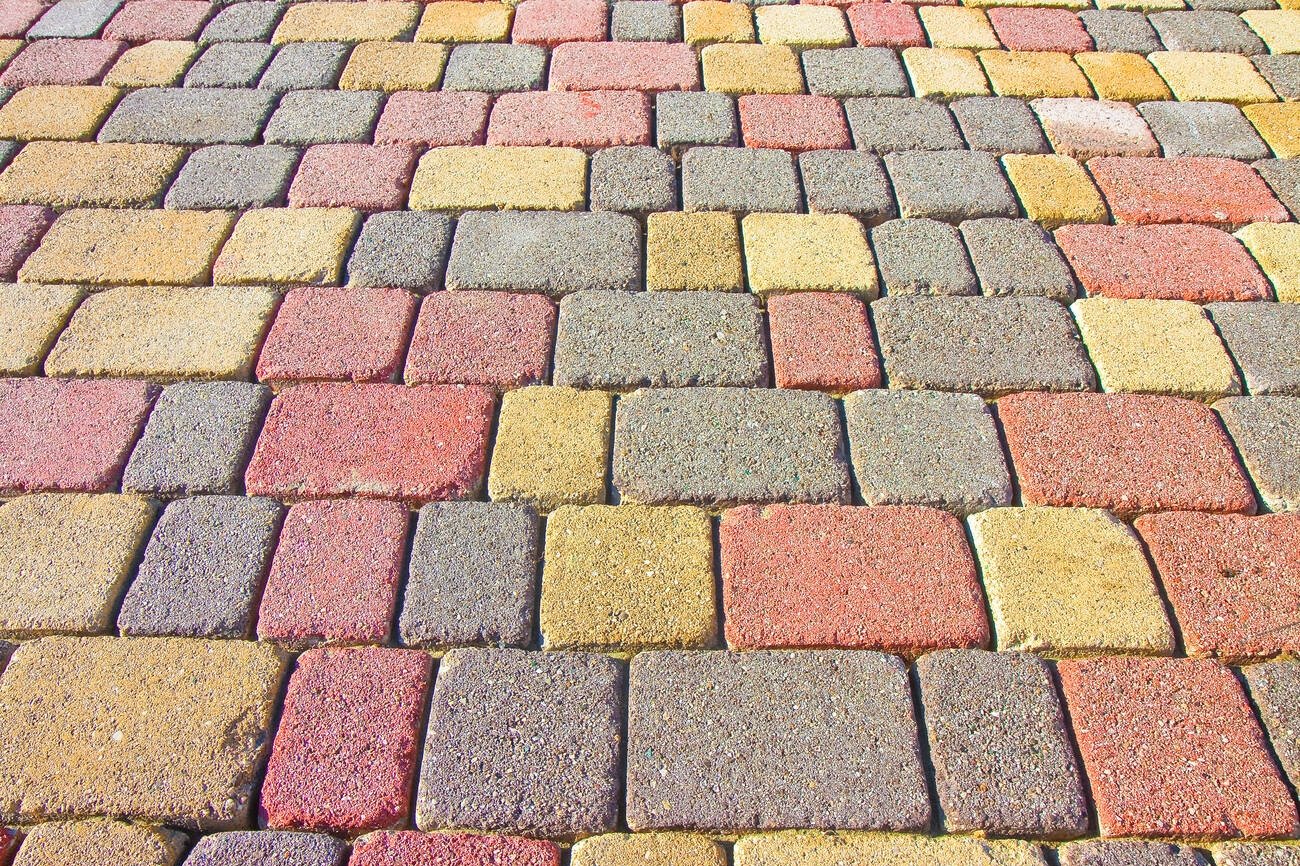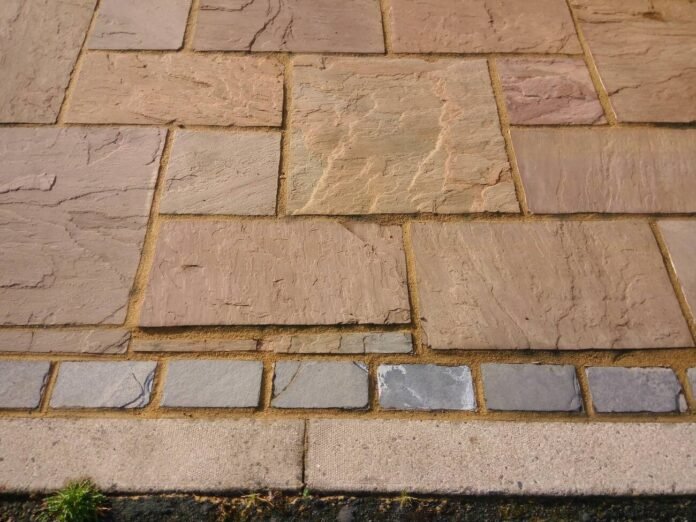Do you ever wonder why certain buildings seem to withstand time and weather more elegantly than others? Or why some exterior finishes remain vibrant amidst environmental elements, while others appear to fade and chip away? What if we told you the secret lies not just in the materials used but in the coatings that are applied? Intriguing, isn’t it? This is precisely what we’ll explore in today’s feature: permeable coatings in construction and their role in enhancing durability.
The construction industry has witnessed relentless advancements over the years, each contributing in some way towards efficiency, durability, and sustainability. One such breakthrough is the introduction of permeable coatings. Unlike impermeable coatings, which form a solid, unyielding barrier against moisture and other elements, permeable coatings allow moisture and air to pass through. This seemingly simple difference has profound implications for the durability and longevity of the coated surface.
Dive in as we delve into the world of permeable coatings, their benefits and potential downsides, their role in sustainable construction, and why they’re increasingly seen as a game-changer in the construction industry.
Table of Contents
Permeable Coatings Explained
Understanding permeable coatings is critical to appreciating their setup and benefits. Permeable coatings graciously permit breathability, preventing moisture from becoming trapped beneath the surface. This drastically reduces the likelihood of undesirable consequences, such as cracking, blistering, or peeling. Furthermore, permeable coatings can guard constructions against water damage and decay without hindering the structure’s ability to breathe.
Such coatings can be applied to a myriad of surfaces, from concrete and wood to sandstone and brickwork. The versatility of this product is truly awe-inspiring, enhancing its widespread adoption in both residential and commercial construction. The application process and subsequent maintenance are relatively simple and straightforward, adding to its appeal in the fast-paced world of construction.
The Benefits of Using Permeable Coatings

Their myriad benefits make permeable coatings invaluable. They offer the perfect balance between protection and breathability. With their help, buildings can withstand the test of time, battling weather changes, UV radiation, and other harsh conditions without surrendering their lustre. These coatings prevent water ingress while facilitating moisture evaporation, thereby reducing the risk of structural damage.
Permeable coatings also enhance a structure’s aesthetic appeal. By preventing damp patches, Mold, or discoloration typically associated with moisture infiltration, these coatings ensure that surfaces continue to look fresh and vibrant for longer. Additionally, by offering UV resistance, permeable coatings can also help to preserve the original colour and texture of the surface.
The Potential Drawbacks
As with any product, permeable coatings are not without drawbacks. For instance, they may not be suitable for all surfaces or environments. In regions with heavy rainfall or high humidity, the continual passage of water and moisture may overwork the coating’s breathability capacity, leading to potential failure. Depending on the specific product and manufacturer, there may also be issues with consistency, durability, or longevity of the coating.
Furthermore, despite their benefits, these coatings cannot rectify existing structural damage. Therefore, they should be part of a comprehensive maintenance plan for structures, rather than an attempt to merely mask signs of damage or decay.
The Role in Sustainable Construction
In the era of climate change, sustainable construction has taken a front seat in architectural and design conversations. Permeable coatings play a significant role in this narrative by reducing the environmental impact of construction. By allowing the ‘breathing’ of buildings, they contribute to improved air quality, regulate humidity levels, and offer better thermal control, thereby promoting energy efficiency.
Another strong point in their sustainability report card is that many permeable coatings on the market are made with low or zero amounts of volatile organic compounds (VOCs), which are harmful to both the environment and human health.
The Rising Popularity
Given the numerous benefits that permeable coatings offer, it’s not surprising they are becoming increasingly popular in the construction sector. From offering a protective yet breathable shield for buildings to promoting environmentally friendly construction practices, permeable coatings appear to be a win-win solution.
Conclusion
As our architectural landscape evolves, so do our methods and tools. The introduction of permeable coatings in the construction industry is a testament to this progress. These coatings, despite their potential drawbacks, present an effective solution to achieving lasting aesthetics and durability of structures. Their role in sustainable construction is another feather in their cap, and likely a reason behind their surging popularity.
At the end of the day, the decision to use permeable coatings hinges on several factors – the specific requirements of the building or structure, the regional climate, and sustainability goals, among others. However, given their array of benefits and potential role in addressing climate change challenges, permeable coatings can certainly be deemed the rising stars of the construction industry.








